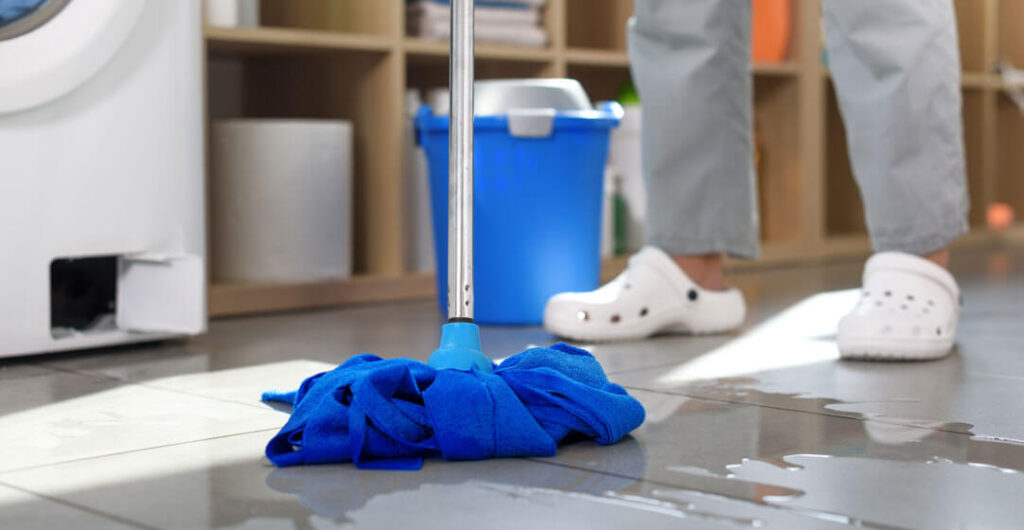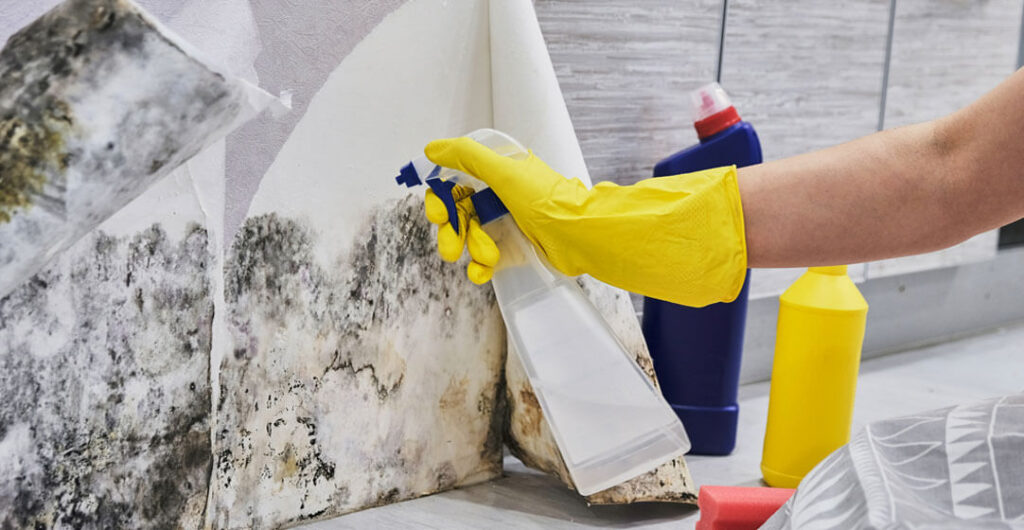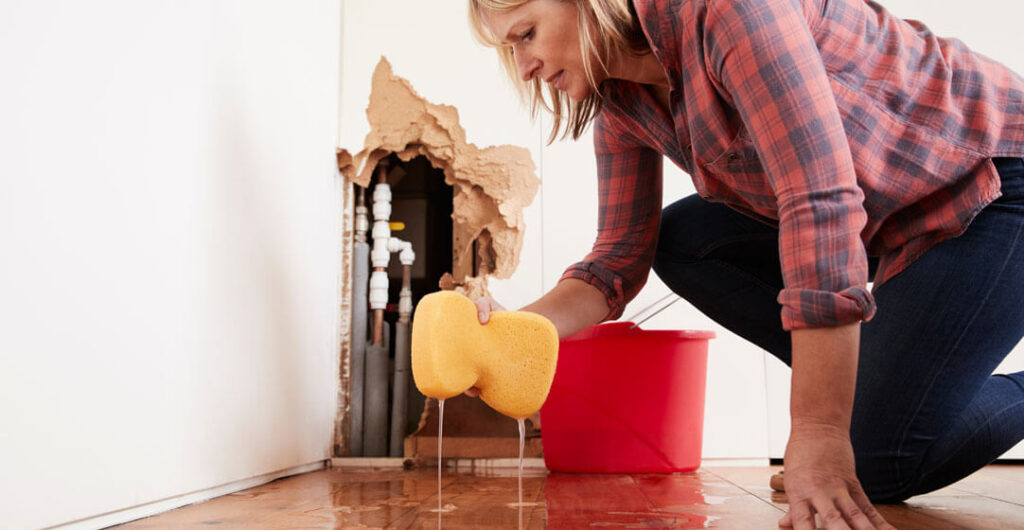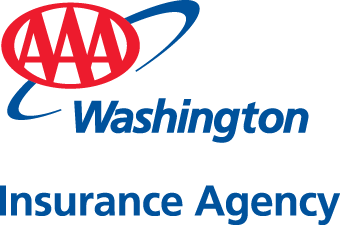Maybe, but it’s complicated!
While water is an essential substance of life, it can quickly turn against you and your most prized possession, your home.
When water soaks through the roof or floods into your home, it can ripple floors, stain walls, ruin drywall and carpets, destroy furniture and precious heirlooms. Ultimately, water damage can cost you tens of thousands of dollars to repair.
Fortunately, there is some good news: Standard home insurance policies will cover a lot of different scenarios involving water damage. The bad news is that some scenarios won’t be covered, and there are also gray areas where you might think you’re covered for water damage but are not.

What kind of water damage will home policies cover?
Standard homeowners’ policies will typically cover water damage to your home that is “sudden and accidental.”
Some of the covered water damage scenarios might be:
- A storm topples a tree onto your roof and the subsequent heavy rains damage the floors and walls.
- The hose on your dishwasher becomes dislodged and pours gallons of water through the kitchen and living room.
- Your washing machine malfunctions through no fault of your own and floods the basement.
- The fire department is called to your house to put out a fire, they use a lot of water to put out the flames and it causes considerable damage to your property.
All these scenarios would likely be covered. A homeowners’ policy would pay the claim up to a damage limit specified in the policy, minus your deductible (the portion that you have agreed to pay before the insurance company begins to pay the claim.)
Tip: A homeowners’ policy typically has two general components. The first will cover damage to the dwelling; the second part covers damage to personal property. These two parts are sold together under one policy.
Homeowners’ policies will also cover damage to a detached dwelling, such as a detached garage that has been converted into a guest apartment. It is also possible to beef-up coverage for detached dwellings by increasing the coverage limits.

What type of water damage isn’t covered in a home policy?
There are certain water damage scenarios that a standard home policy will never cover. These include:
1. Flooding. Flood damage is never covered by a homeowners’ policy. Most insurers follow FEMA’s definition of a flood, which is an inundation of 2 or more acres of normally dry land or two or more properties. In a flood, you’ll only be covered if you buy a standalone flood insurance policy either through a private insurer or via FEMA’s national flood insurance program.
2. Water and sewer backups. You won’t be covered if your plumbing gets clogged and causes water or sewage backup. Likewise, you won’t be covered if the lines that run from your home to the municipal main lines get obstructed or overwhelmed, causing a water and sewage backup in the home. In these scenarios, you won’t be covered unless you’ve added coverage for water and sewage backups to your homeowners’ policy.
Here are some scenarios where you won’t be covered by a typical homeowners’ policy:
- A creek near your home overflows its banks after heavy rains and floods your home.
- An aging city water line gets overwhelmed in a storm and backs stormwater up through the kitchen and bathroom faucets.
- A child flushes a toy down the toilet, the internal plumbing backs up and floods the bathroom.
Tip: It is easy and affordable to add water-and-sewer backup coverage (both for internal and external lines) to an existing policy. Meanwhile, most people purchase flood insurance through a private insurance company that writes policies under the parameters of the federal flood insurance program; however, private flood insurance is also available. Call a AAA agent to learn more about these options.

Where are the gray areas?
Some water damage scenarios also fall into a gray area, where you may think that you are covered, but find out later that you aren’t.
For example, you will be covered for water damage if a big windstorm blows off a portion of a newly installed roof and the subsequent heavy rains cause a lot of damage to your home and property. However, if your roof is decades-old and was in poor condition before the storm (and this fact is obvious to an insurance adjuster), the damage might not be covered.
Tip: What is and isn’t covered by a homeowners’ policy is nuanced and can be confusing. It is important to speak with a knowledgeable insurance agent and go over the policy carefully, as well as follow up with an agent at least once a year to ensure that you have enough coverage. Think up some scenarios, including the cost of water damage clean-up and water damage restorations, and ask a lot of questions. It is often possible to add coverage affordably and fill holes in your existing policy.
As a general rule, a homeowners’ policy won’t cover water damage that has been caused by a long-standing problem left unattended due to the homeowner’s neglect. Damage caused by persistent leaks in the roof, from leaks around windows, or by seepage from a cracked foundation won’t typically be covered.

Here are some scenarios where you most likely won’t be covered:
- Leaks in the roof damage the interior walls and cause mold in the attic and ceiling.
- Holes in the protective seals around the shower allow water to seep into the drywall in the wall next to the shower.
- Gutters clogged with leaves and debris trap water, and gradually rot out the wooden fascia boards on the roof.
- Your pipes burst in a cold snap after you have left the property vacant and unattended for several months.
Tip: Leaving a home vacant for an extended period can limit or void certain coverage in the policy. Typically, insurers will consider a home vacant if the personal property has been removed, the utilities are shut off and no one lives in the home. If you leave a home vacant for sale or other purposes, you will need to obtain vacant home insurance. Call a AAA insurance agent if you currently own a home that is vacant.
Water damage to a home can be covered by standard homeowners’ policies; however, it gets complicated. It is a good idea to periodically review your policy with an insurance agent, and don’t forget to ask a lot of questions.
—Written by AAA Washington staff
—Top Photo: Andrey Popov/AdobeStock

